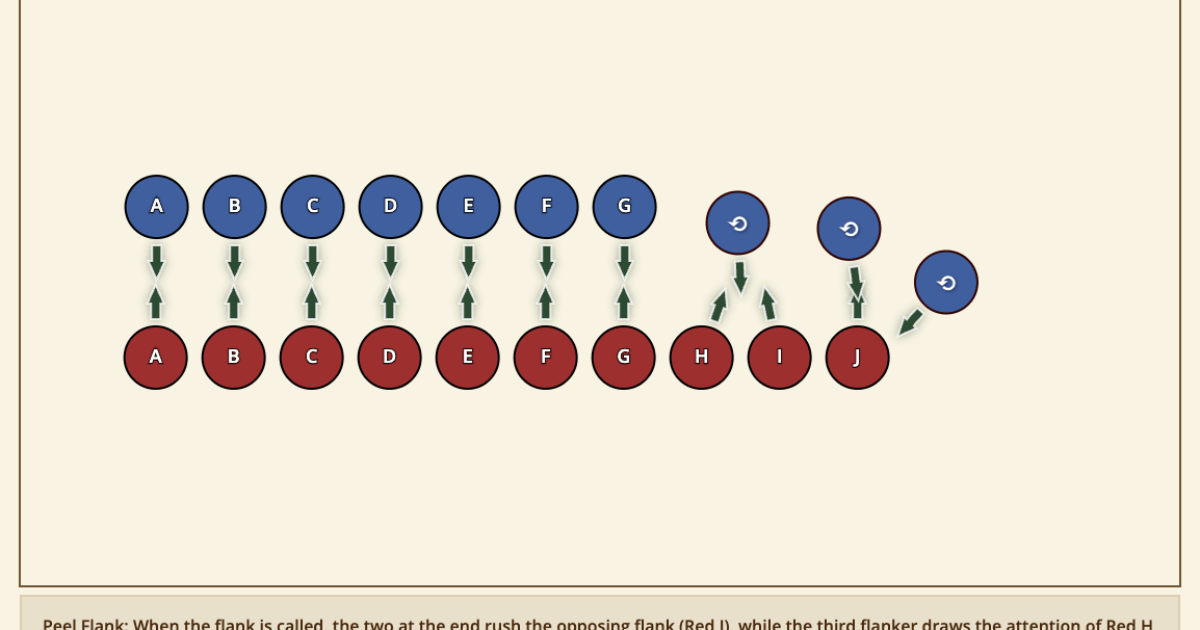It’s a new year. We’re closer to the start of the season than the end of the last. If you’re not feeling it already, January is about when that little…itch starts to creep back in. That itch to pick up your sword, return to the woods, and hear the clang of metal and the laughter of friends. But we’re not there yet so that itch grows. Maybe you can stave it off, but I have to scratch that itch. And because it’s too cold to fight, I turn to study and think about fencing even when I’m watching hockey.
A couple of weeks ago, the head coach for the Utah Hockey Club dropped a line that has been rattling in my brain.
“Confidence has to grow from somewhere.”
André Tourigny
It was such a little line but it stuck. Any talk of confidence always perks my ears up because of how influential it is to fencing. It plays a part in how we fence, but it is also something we aim to develop on our path of swordsmanship. The group wants to develop skilled fencers, capable leaders, and good people. And rolled into all of that are people confident in themselves, who they are, and what they are passionate about.
Now before I go off another yet another Kane-soapbox about Confidence, I want to try something different. I want to focus in on some paths you might take to identify or help grow your source of confidence because Coach Tourigny is right. It has to grow from somewhere, but where?
Before our confidence can grow, we have to identify where the source is. Then once we know our source of confidence, we can nurture it. Tend to it. Watch it sprout and expand like the trees of woodland. It takes time but with proper care, it can grow strong and unique to us. So sit back and think about yourself, while I present three approaches that you might take after reading this article to identify your source of confidence.
Analytical Approach
Taking an analytical approach to confidence is putting your mind to work. Thinking through things. You gain inspiration from experts and well-written articles. You sit down with your fencing journal and work through the problem like you were solving a math equation. If you can make sense of it in your mind, your body and heart will follow. Logics find the patterns and reasoning that can prove ideas to be true, like “Should I be confident in my fencing abilities?”
If that speaks to you, what I would invite you to do is study the Dunning-Kruger Effect and the Four Stages of Competence. Just google them. Read a few articles or watch some videos. Look at those models and identify where you are in your journey. Be honest with yourself. Taking an analytical approach is looking at it objectively and trusting what the logic dictates.
Once you’ve identified your current location, work out what you have to do next. What’s the next step? What problem needs to be solved or barrier removed? You’re going to find your source of confidence with the analytical approach as you solve problems. The more problems you solve, the more reason you have to be confident, and the more evidence you’ll acquire to nurture your confidence.
Introspective Approach
Next is a more introspective approach. Looking inward toward the heart and feeling things out. As you ask questions and ponder on them, searching for deeper meaning, new ideas can bubble up to the surface. If you can capture those revelations, they often lead to your next steps. You truly are “feeling things out” and if you can feel good about what you’re doing, everything else tends to come a little easier. The emotions we experience along our fencing journey are valid, but occasionally need to be addressed or at least accepted before moving on. Defeating the great dragon of doubt, for example, and answering the question, “Can I be confident in my fencing abilities?”
If this is the path you’d like to take, I’d suggest looking up something like Power Poses or different types of confidence. Things like social confidence, feelings of competence, self-efficacy, and self-knowledge. Confidence is not a black-and-white concept, so exploring all of the different aspects can highlight the areas that you struggle with or your strengths that you should feel good about.
After pondering things out, ask yourself some of the following questions to identify where your confidence may be planted, then ask yourself why that is. Capture your thoughts in your fencing journal so as to not lose your discoveries later on.
- Is your confidence reliant on someone else? Who?
- Do your actions or the actions of others have a bigger impact on your sense of confidence?
- What beliefs do you hold either help or hinder your confidence?
- How much control do you have over your confidence?
Finding your confidence through introspection will come as you identify what makes you feel good and what makes you feel bad. Removing or overcoming what pulls you down will leave more room to fill yourself with that which lifts you up.
Practical Approach
Lastly, we’re going to take a more practical approach. Get our bodies involved. This is a physical sport and confidence does come with practice and time. Sometimes you just have to do something until it clicks. It requires discipline but isn’t discipline one of the greatest forms of self-care? Sacrificing your present time, comfort, or energy to improve the experience of your future self. Training yourself and your abilities to the point in which you can be proud of what you’ve accomplished and what you’re capable of. Getting to the point where you can answer, “Am I confident in my fencing abilities?”
If you’re ready to take this approach, before you get up and grab your sword, start by researching some training resources. Look up rapier training drills from sources like The School of Historical Fencing, Blood & Iron HEMA, or various other blogs/YouTube channels (look for the ones that focus on historical rather than fantasy stuff). The goal is to fill your brain with drills and exercises you can work on and practice. You can also look over the lessons in the Order of the Rose training program and think about the different drills you’ve done as you worked through the program. Think about what you can do and what you can’t do. Then think about what you’d like to be able to do but can’t do yet.
Now that you’ve got a catalog of things to work on, pick out a few things and write them down. Set up some time and practice/study them for a few days. Keep in mind that this approach works for both mental and physical techniques so don’t be afraid to work through concepts and principles just as much as you work on maneuvers and movements. But here is where we will put your practice to the test.
After a few days, find someone that you trust, even if they know nothing about fencing. Give them that list you wrote out and demonstrate or explain each thing to them that you’ve been working on. It doesn’t have to be perfect. Just go through the list with them and showcase what you’ve been working on. At first, it will be choppy and junky and hard to explain, but that’s ok. Take another few days to keep working on it and then go back and present your list again. The second, third, and fourth times will get easier and easier as you practice. This is where you will find your source of confidence through practical application.
Repetition and implementation will smooth out the bumps that throw us off. Over and over, you’re proving to yourself that you know what you know and can do what you know how to do. Doing leads to learning. Learning leads to knowing. Knowing leads to confidence.
Where will you start?
Confidence has to grow from somewhere. Does it start in your mind, your heart, or your body? All that matters is that you learn where it stems from and then take the time to nurture it. You might be starting out with a little seed, or have already grown a mighty tree. We still have to tend to it and I hope these different approaches will help you find what works for you.

